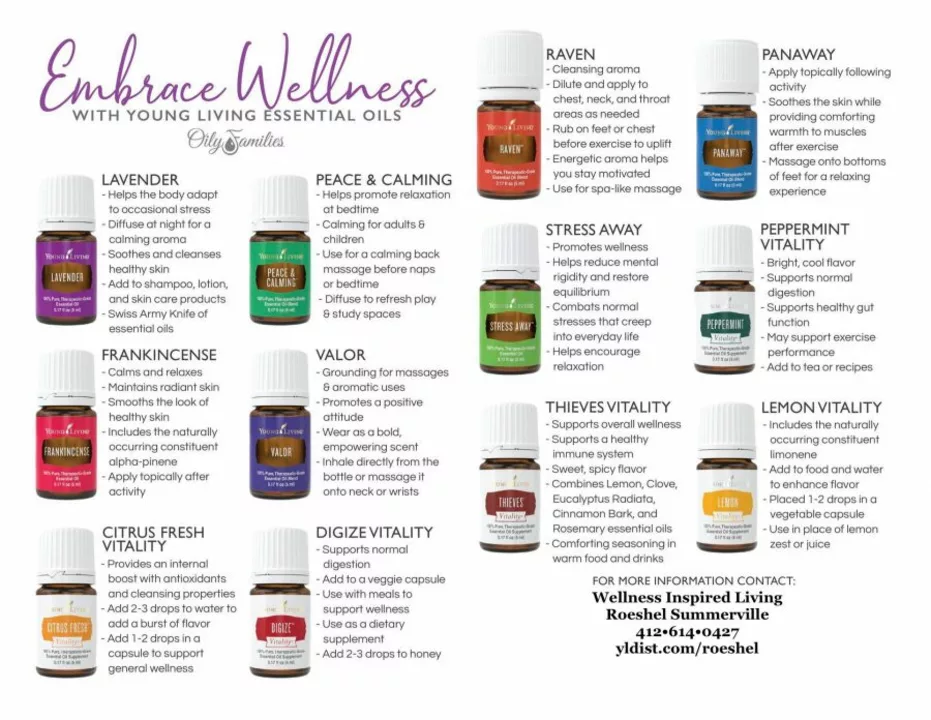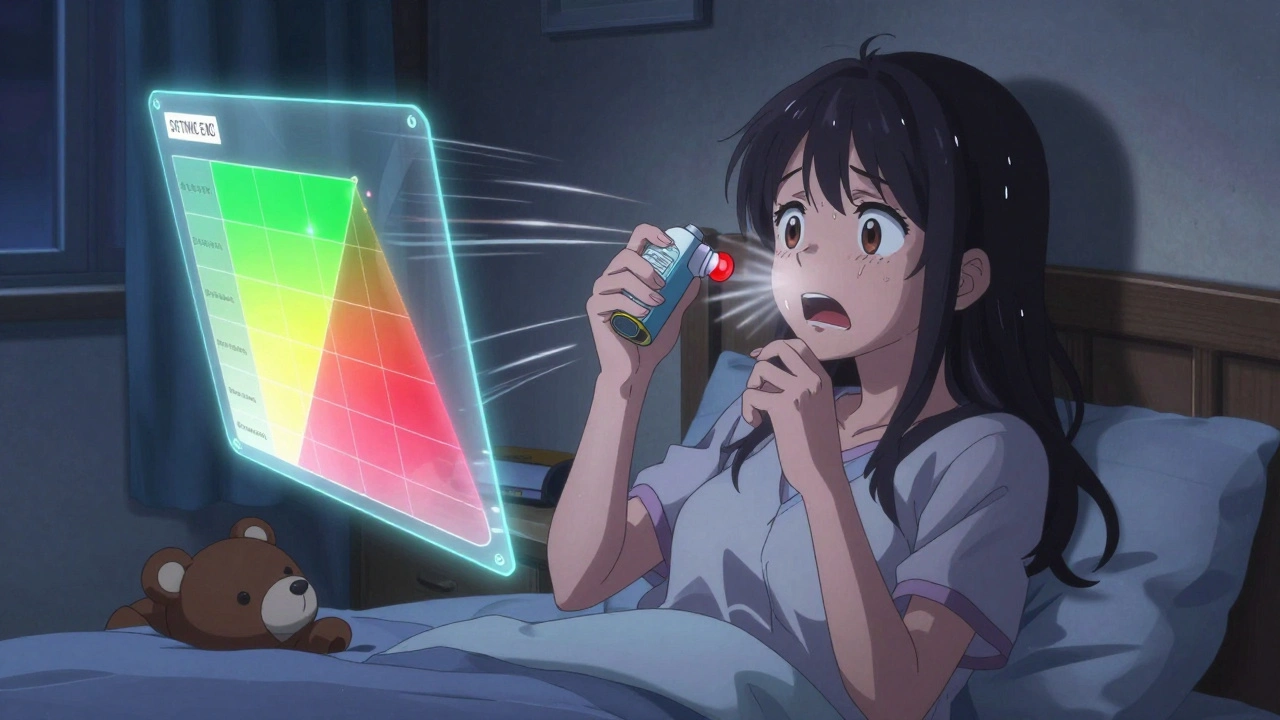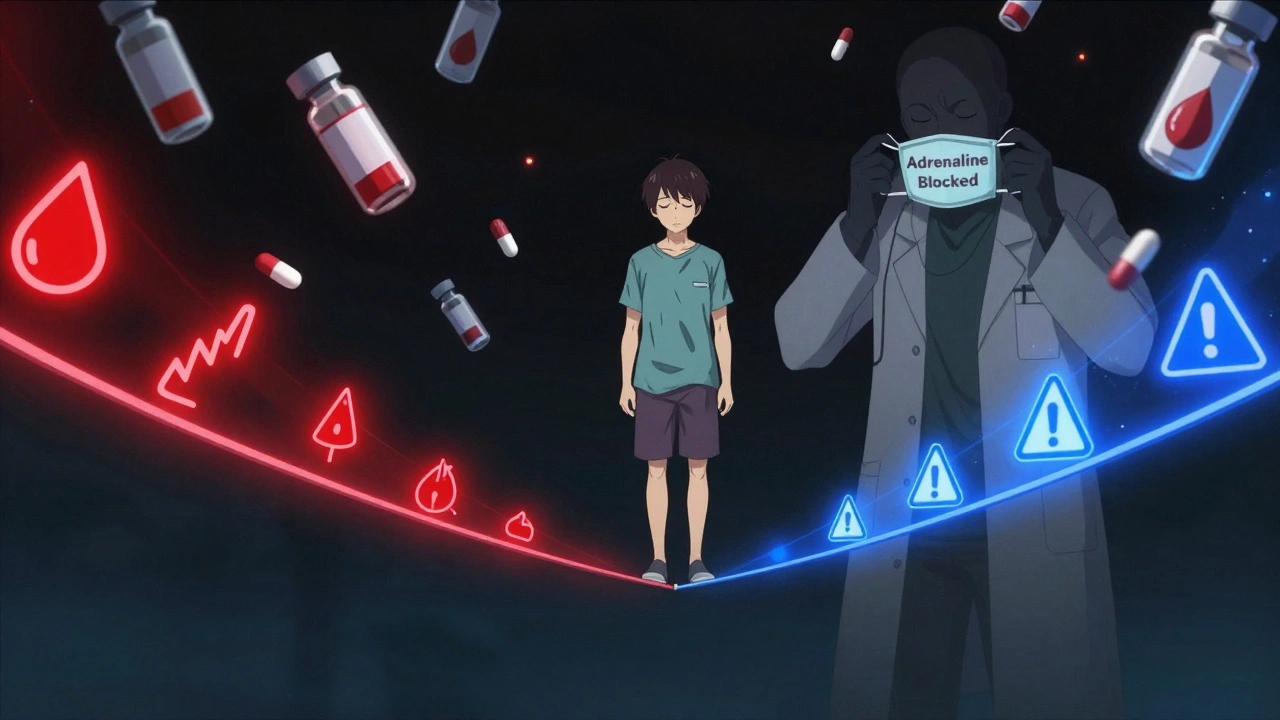Cnidium (Cnidium monnieri): What it does and how to use it safely
Heard of cnidium and wondering if it’s worth trying? Cnidium (often called Cnidium monnieri or she chuang zi) is an herb used in traditional Chinese medicine. People take it for skin issues, circulation and some sexual-health concerns. The main active compound is osthole, which shows up in most extract labels. Below you’ll find simple, practical info you can use right away.
How people use cnidium
There are two common ways to use cnidium: as an oral supplement or applied to the skin. Oral supplements are usually capsules or powders. Online products often list an extract with a concentration of osthole. Traditional herbal use calls for a decoction of the dried herb, usually several grams per dose, but modern supplements simplify that into a fixed milligram amount.
Topical cnidium appears in creams and ointments for conditions like dry, itchy or patchy skin. If you try a cream, do a small patch test first — that shows whether your skin reacts badly before you use it on larger areas.
Dosage, benefits and realistic expectations
Typical supplement doses you’ll see are around 200–500 mg daily for extracts. That’s a general range seen on product labels; there’s no universal “one size” dose. Effects depend on the product and why you’re using it. Some people report mild improvements in skin texture or circulation over weeks. For sexual-health or energy claims, responses vary a lot — some users notice a change, others don’t.
Don’t expect instant results. Herbal action is usually gradual. If you want a measurable change, give any new routine at least 4–8 weeks while tracking what changes and any side effects.
Safety first: cnidium can increase sun sensitivity for some people, so avoid heavy sun exposure after topical use. It may also affect blood clotting, so if you’re on blood thinners or preparing for surgery, talk to your doctor first. Pregnant or breastfeeding people and young children should avoid it unless a clinician says otherwise.
When choosing a product, look for third-party testing or a reputable manufacturer. Prefer extracts that list osthole content or provide a clear herb-to-extract ratio. Avoid supplements with lots of fillers or unclear ingredient lists. If you’re trying a cream, check for added fragrances or irritants that could be the real cause of a reaction.
Want to try cnidium? Start with a low dose, watch for side effects, and keep notes on any benefits. If you’re on medication or have a chronic condition, check with a healthcare pro first. Small, sensible steps reduce risk and help you see what actually works for you.
Boost Your Overall Wellness with Cnidium: The Dietary Supplement You Can't Ignore
As a wellness enthusiast, I recently discovered Cnidium, a dietary supplement that has piqued my interest. This powerful herb has been used in traditional Chinese medicine for centuries and offers numerous health benefits. By incorporating Cnidium into my daily routine, I've noticed improvements in my overall wellness, including increased energy and better digestion. I can't stress enough the importance of giving this supplement a try! Don't miss out on the opportunity to boost your overall health and well-being with Cnidium.






